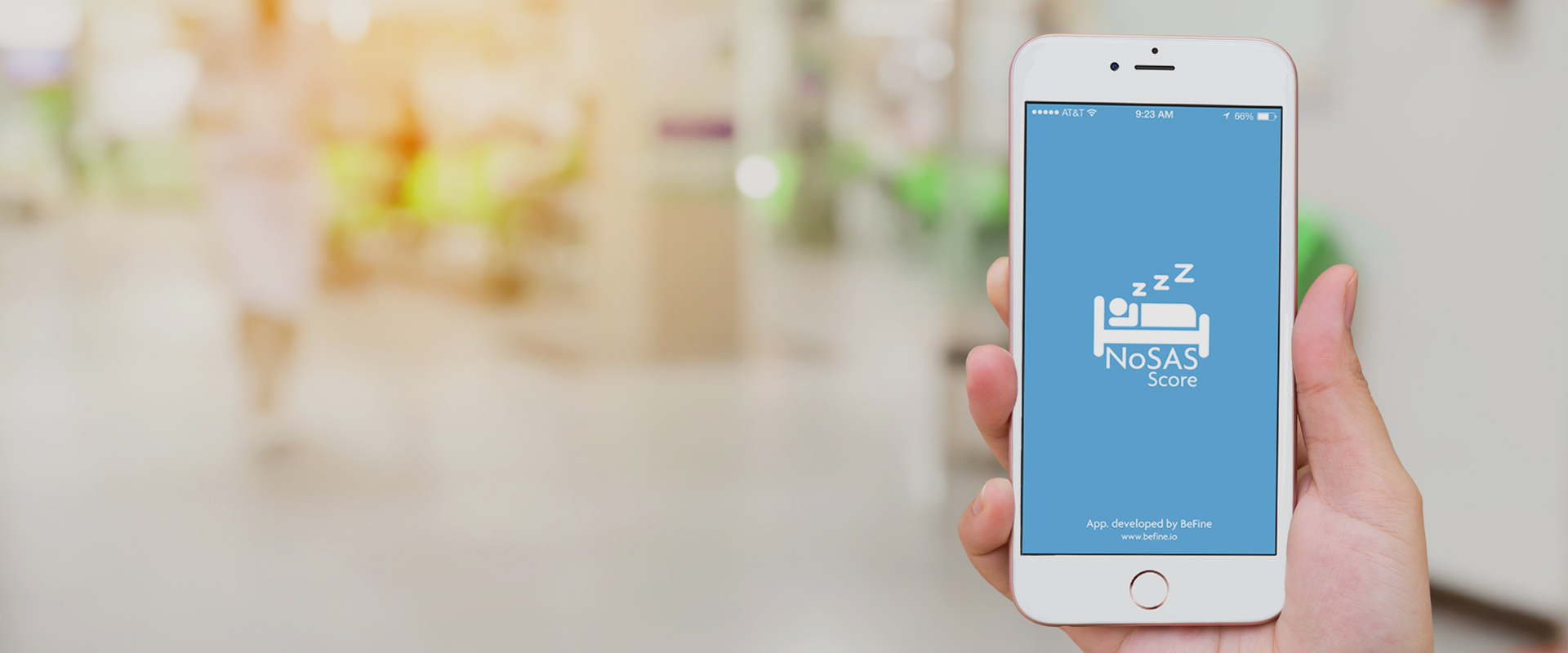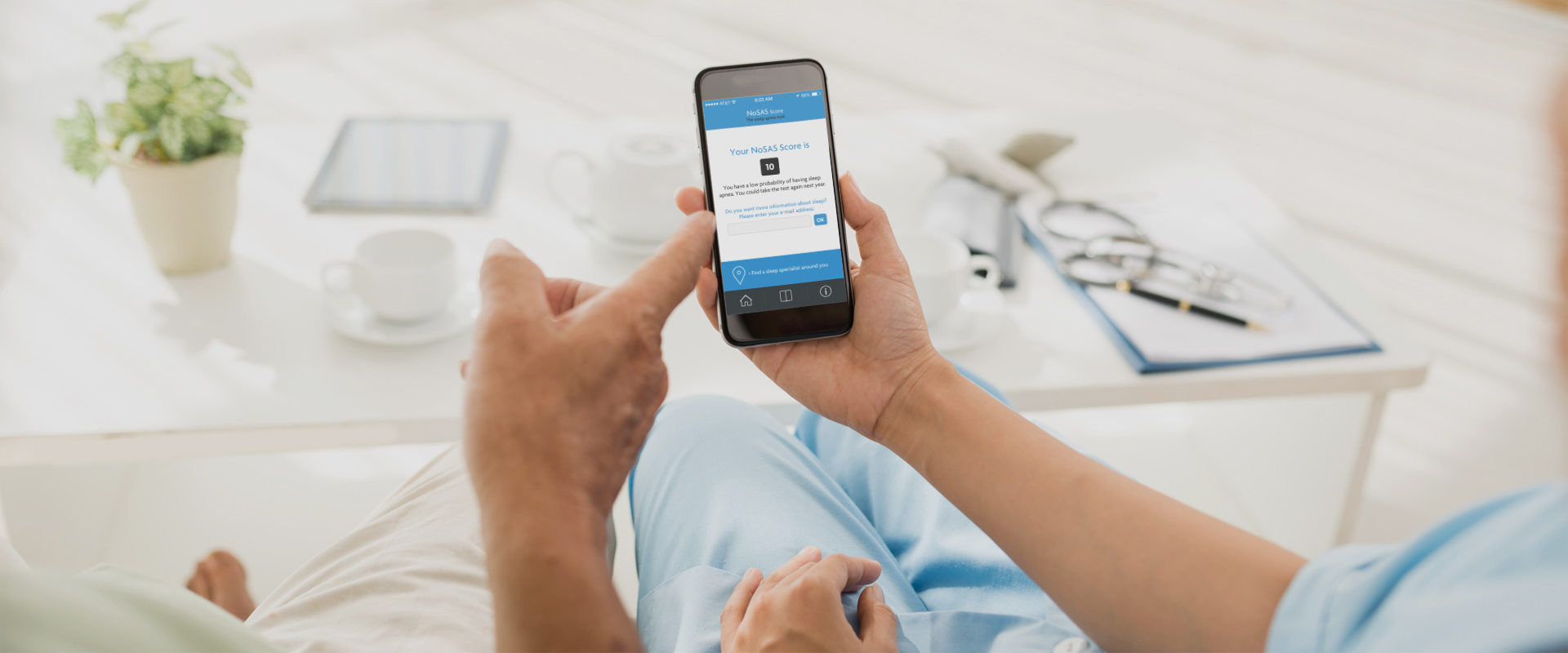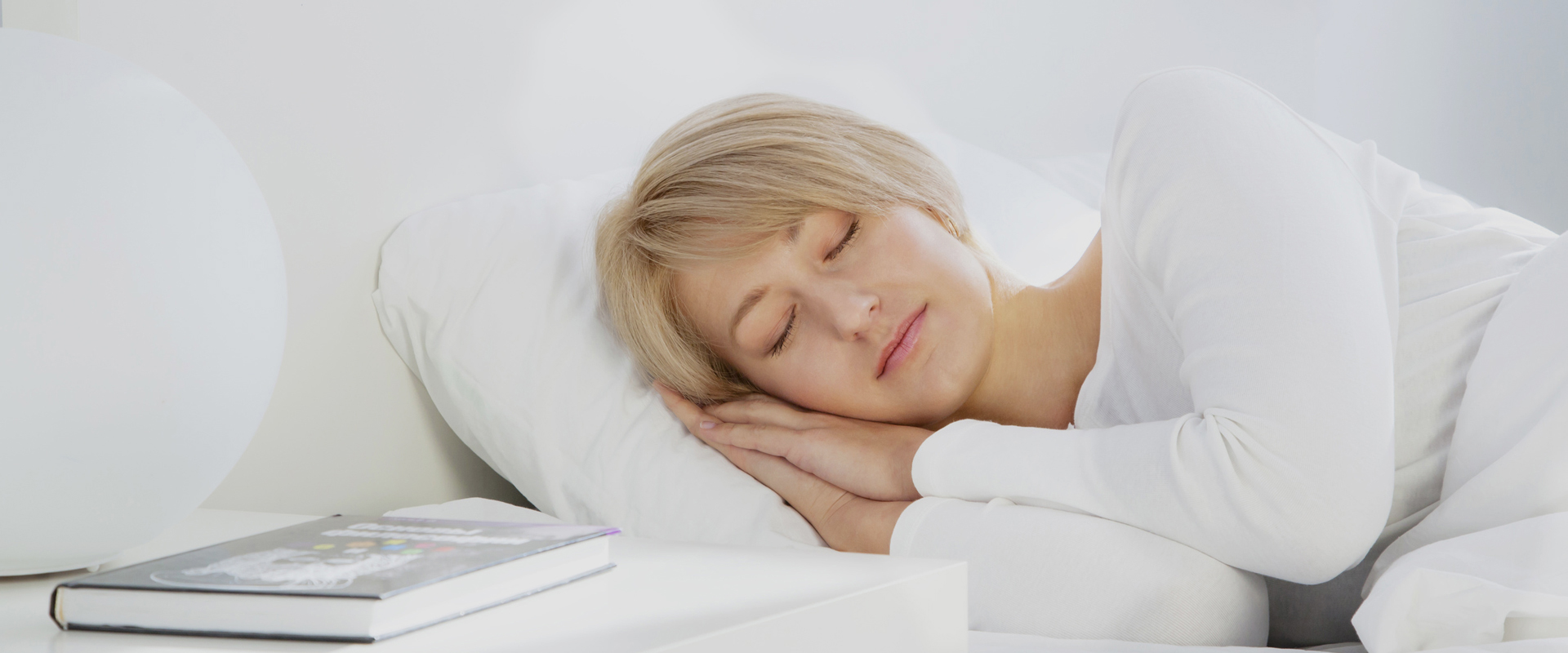
Easily diagnose a patient with a risk of sleep apnea with the
Lausanne NoSAS Score test built by the CHUV.

Published in the medical journal Lancet Respiratory Medicine,
the score is based on 5 criteria to evaluate the risk of sleep apnea

Offer the online test to your patients for an immediate result.
Take the test
Sleep apnea is a frequent illness that is still too undiagnosed.
Since treatments are expensive, it is ideal to carry out a screening test.
The application assesses the risk of sleep apnea. It is based on the Lausanne NoSAS Score test developed by the CHUV.
5 questions allow to evaluate the risk of sleep apnea of a patient before undertaking complementary expensive examinations.
It is easy to use for professionals and it makes it possible to take the Lausanne NoSAS Score test to an outpatient clinic!
The Lausanne NoSAS Score test allows the detection of sleep apnea based on five criteria: neck circumference body mass index (ratio between height and weight), sex, age and snoring. Each criterion corresponds to a number of points to identify patients who may suffer from sleep apnea. This tool allows effective prevention by all non-sleep specialists, whether they are doctors or not, so that they can assess the need for a specialized examination. Delivered as a digital application, this test is among the first to provide a reliable and economical healthcare tool to make the diagnosis of sleep apnea easier.

People over 55 years old are more vulnerable to sleep apnea
Men are twice to three times more likely to suffer from sleep apnea
Snoring is one of the main symptoms of sleep apnea
Being overweight is a major factor for sleep apnea
The wider your neck is, the greater the risk of sleep apnea